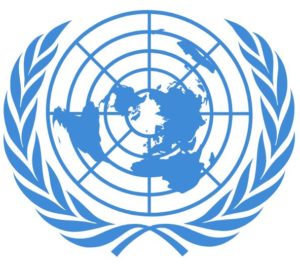Our Impact
Every human being is entitled to human rights. Children represent around a third of the global population. Yet their rights are being neglected or violated across the globe. For four decades, we have been advancing the rights, empowerment and protection of children from the local to the global level, with children, our Network members and observers, and partners.
Here are examples of some of the recent impact we have made in advancing child rights around the world.
2024 by the numbers
2023 by the numbers
What others say about our impact ...
“Being a Child Advisor has been a source of empowerment for me in various ways. It’s the first time I’ve felt actively involved in making a positive impact on the world.”
“Without Child Rights Connect’s presence, the global civil society’s advocacy and influence on children’s rights and child rights mainstreaming would be hampered.”
“[Child Rights Connect] have made it possible for me to carry the voice of the children and young people of my country and always respect my position from the point of view of disability.”
How we make our change happen
We know from experience that change takes time, can be incremental, and requires collaboration. The below graph shows how we make change happen.

A results-based approach
We work with a results-based approach. This means results are at the centre of what we do, and how we do it. We operate with a Monitoring and Evaluation Plan which outlines what information we track to assess our results, how this information is collected, how frequently and by whom. Every year, we undertake a comprehensive review of our results against our set objectives and identify lessons learned. We document this information in our public annual reports and reports to our donors. Periodically, we engage consultants to conduct an external evaluation of our impact. We use key findings to adapt what we do and how we do it to better and more sustainably advance child rights.
The change we seek to achieve is about shifting perceptions, attitudes, and practices, particularly towards empowering children and civil society, influencing decisions of States, and promoting legal and policy reform. Our methods for assessing impact therefore heavily rely on qualitative data. But we also collect quantitative data to track our reach. We strive to disaggregate the data we collect by age, gender, geography, and other criteria to assess how different categories of children and children’s rights defenders are impacted upon by our work and improve the inclusiveness of our actions.








